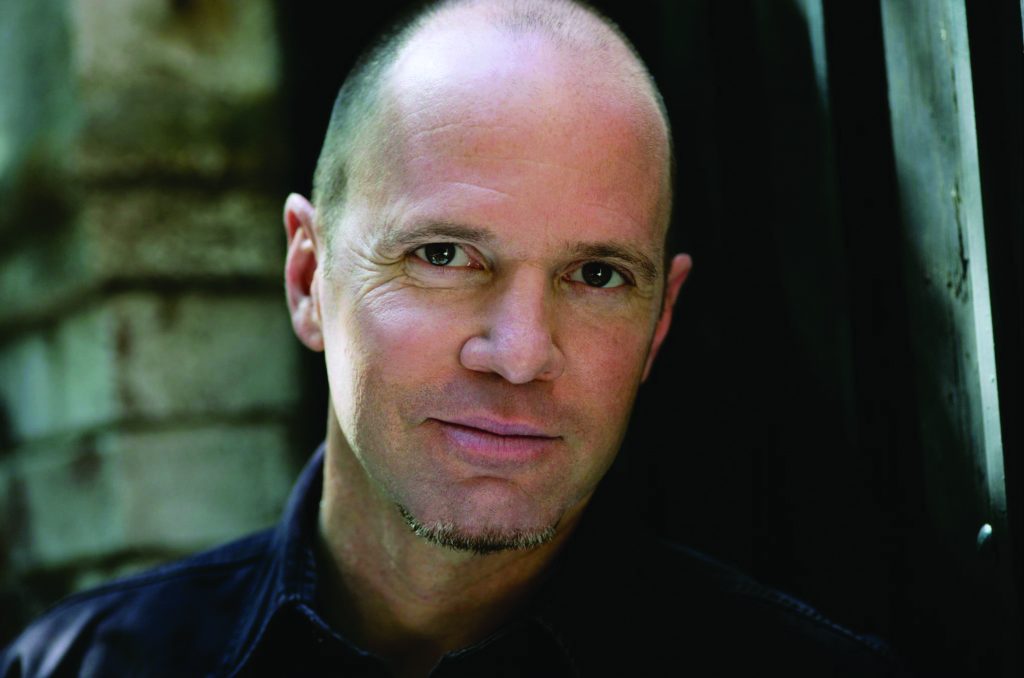Each Lent, I reread “The Power and the Glory,” Graham Greene’s moving novel about a Mexican priest’s struggle to celebrate Mass — and stay alive — after the government has outlawed Catholicism in the region. All of the other priests have left their positions. Some have gotten married. Others, refusing to cower, were executed.
It is not an easy read. Yet the book always leaves me feeling hopeful, and I am not the only one. Others who love this book, melancholy as it might be, leave it feeling full of faith. The book powers me through Lent; it is a worthy literary pilgrimage.
After this year, I’ll add another book to my Lenten reading list: “O Death, Where Is Thy Sting?: A Meditation on Suffering” (Orbis Books, $17.99), a book by Brother Joe Hoover, SJ. A playwright and the poetry editor of America magazine, Brother Hoover takes on an ambitious, and dark, subject: the suffering of this world. A perennial question, but one especially pertinent now, and undoubtedly a source of reflection for Catholics as we somehow enter our second Lent during a pandemic.

(Orbis Books)
Brother Hoover’s book is arranged into sections, often thematically centered, or focused on an event or incident. I read it straight through in the days before Ash Wednesday, and let its energy carry me forward, although I think some readers might find it most spiritually apt to experience the book in parts.
Brother Hoover’s book is saturated with questions, and perhaps the most common one is simply, why?
It is a question that most of us have asked with perhaps even more regularity than usual this past year. How could God allow this to happen to us? It is a selfish question, but a human one.
“The incarnation does not seal your viciousness behind a wall forever so it can never come out,” he writes. “Nor does the incarnation wrap you up in its woolen cowl and keep you from being wounded by other people’s sins.” The world often hurts.
“Is there a God? A ridiculous question,” Brother Hoover writes early in his book. “We all know the answer to that. Just look around.” He doesn’t question the existence of God; in a way, that would be too simplistic — the presence of suffering as merely the absence of God. Brother Hoover is more interested in the how and why of God. It is an endlessly complex and deep theological question, but in Brother Hoover’s hands, it feels palpable. Necessary.
He quotes St. Irenaeus, who observed that “the glory of God is the human being fully alive.” Yet he acknowledges a paradox: “Any human fully alive can get shattered by life again and again.” He follows with a reasonable question: “When will God get enough glory that we can quit being so completely alive and just sit around for a few minutes?”
I laughed, and then I nodded my head. Brother Hoover has a way of doing that — getting his readers to chuckle, and then to ponder. While reading this book, I often felt as if he was my spiritual guide from afar. He sometimes tells us that it will all be OK. Other times, he tells us to do better, to be better. As a guide, and as a writer, he has a knack for pacing and pressure.
He also has the skill of breadth. In “O Death, Where Is Thy Sting?,” Hoover mines a dizzying array of sources and inspirations: St. Thomas Aquinas, Gerhard Von Rad, “On the Waterfront,” Annie Dillard, Jacques Derrida, Father Daniel Berrigan, SJ, St. Teresa of Ávila, Jean-Luc Marion, St. Augustine, Ruth Burrows, “A Midsummer Night’s Dream,” St. John of the Cross, among others. We feel in good presence here: Brilliant and creative minds have wondered, along with us, about God’s plan.
Hoover is especially interested in God through the person of Christ. He ponders “the painful blasting humanity of Christ.” He wonders what it means that Christ is with us always: “Does Christ carry the you of two thousand years away, you and all your petty madness, the girl you left behind, the bad movies, the failed exams, the love child, the weird quiet relief of cutting the lawn; the crushed cathedral, the mushroom and the cloud and the way a snake turns everything around it into sacred fear?”
We should be thankful and in awe of this gift of Christ’s presence, but Brother Hoover is a shrewd enough spiritual companion to know that, in matters of faith, “should” rarely means “always.”
He quotes the poet Katie Ford: “Where’s it gone? God of my childhood, / with your attendant monstrosities, / have a little warmth on me, bent and frozen.” It is a sentiment that reverberates throughout this book.
Brother Hoover states it lyrically: “O Lord, how long until we see thy face? What is thy face that we might see it? When will the world be made comprehensible for us? When will you lift us out of our human poverty? Or is that the point of human poverty?”
Brother Hoover seems to choose questions because that is the heart of faith. Not the questioning of whether God exists, but the questioning of the shape and sound and sense and spirit of God. I think here of Father Henri Nouwen, who implored us to “learn the discipline of being surprised not by suffering, but by joy.” Suffering is inevitable. Suffering is present. Instead, let us be surprised by joy, “by the little flower that shows its beauty in the midst of a barren desert.”
Brother Hoover shares an anecdote about the folly of being too clever in our analyses of Scripture; that sometimes we might “just listen and be in awe.” A God that we can fully understand with reasoning and logic, perhaps, is no God at all. We will suffer, Brother Hoover assures. But we will also be surprised by joy.

